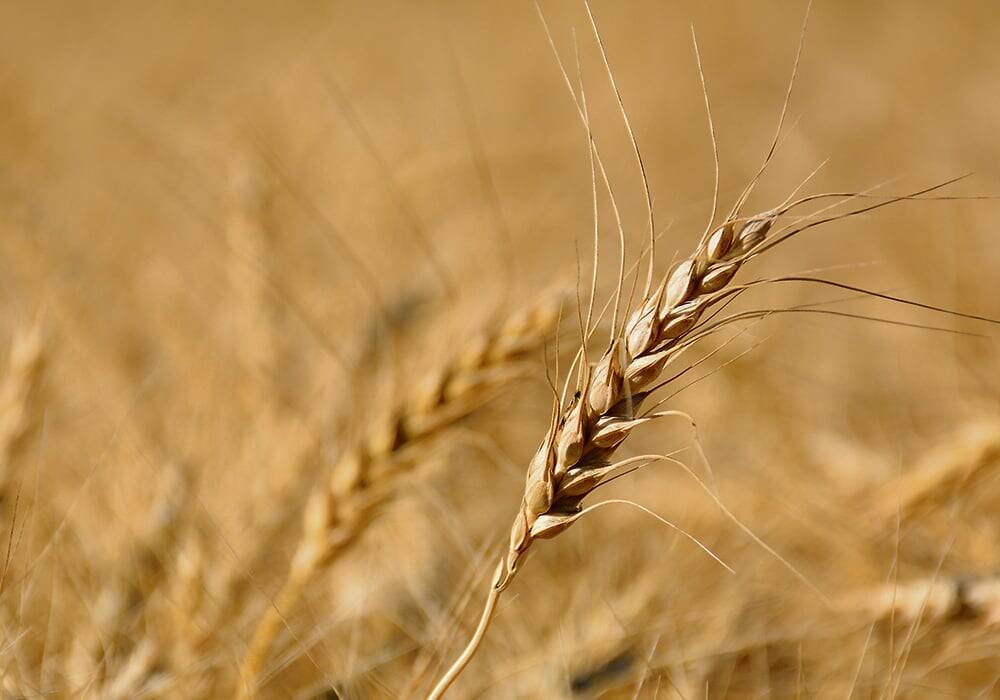The weather during the last half of March provided some optimism about a normal start to spring. Farmers across the Prairies were preparing equipment, taking delivery of seed and fertilizer and looking forward to getting out into the field.
Then the weather in early April dropped significant amounts of rain and snow across northern and eastern growing areas of the Prairies. Snowfall amounts ranged from 15 to 30 cm in northern Alberta, eastern Saskatchewan and Manitoba. Total precipitation amounts from the storms ranged from 10 mm to 30 mm.
Unfortunately, these regions have a substantial amount of the unharvested 2019 crop left to harvest. There may have been some harvest in the drier regions this winter, but the bulk of the estimated five million tonnes of canola, wheat and other crops is still left to harvest. These rain and snowfall events will delay the start of harvest operations until late April or early May.
Read Also

Prairie CWRS bids rise, other wheats mixed
Canada Western Red Spring (CWRS) wheat bids across the Prairie provinces saw some strength during the week ended Nov. 11, taking some direction from the United States futures. However, other wheat classes were mixed.
The other impact of the storms in Manitoba is the increased probability of flooding due to the late-season snowstorm. The system that provided the snow tracked up through North Dakota, which has added to the snowpack on both sides of the border. The crest of the Red River is expected in about a week at the U.S. border and will likely crest in the central areas of the river valley in the third week of April. This means planting in the Red River Valley will likely be delayed into mid-May.
The weather of late has certainly reduced the chances of planting the 2020 crop on time in northern and eastern Prairie growing regions. Farmers in southern and central growing regions of the Prairies still have a decent chance of getting the 2020 crop planted in the normal time frame.
Statistics Canada is beginning to survey for its planting intentions report that will be released later this month. Most farmers in the northern and eastern growing areas of the Prairies will have a large amount of uncertainty about what crop area will get into the ground and what types of crops are planted.
— Bruce Burnett is director of weather and markets information for MarketsFarm, a premium subscription service owned by Glacier FarmMedia.















